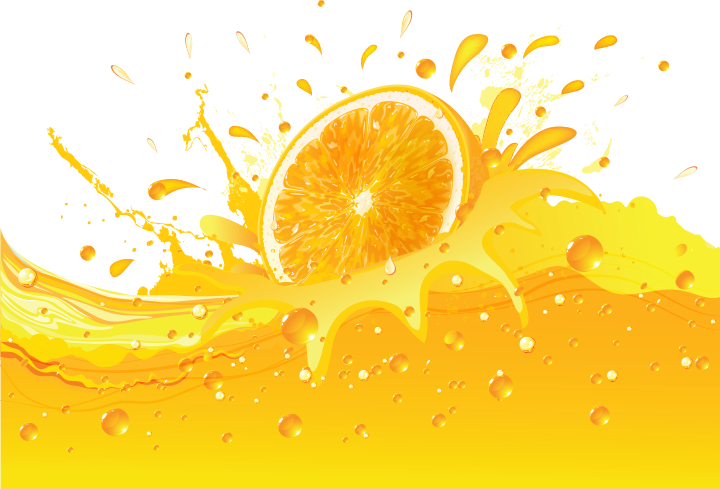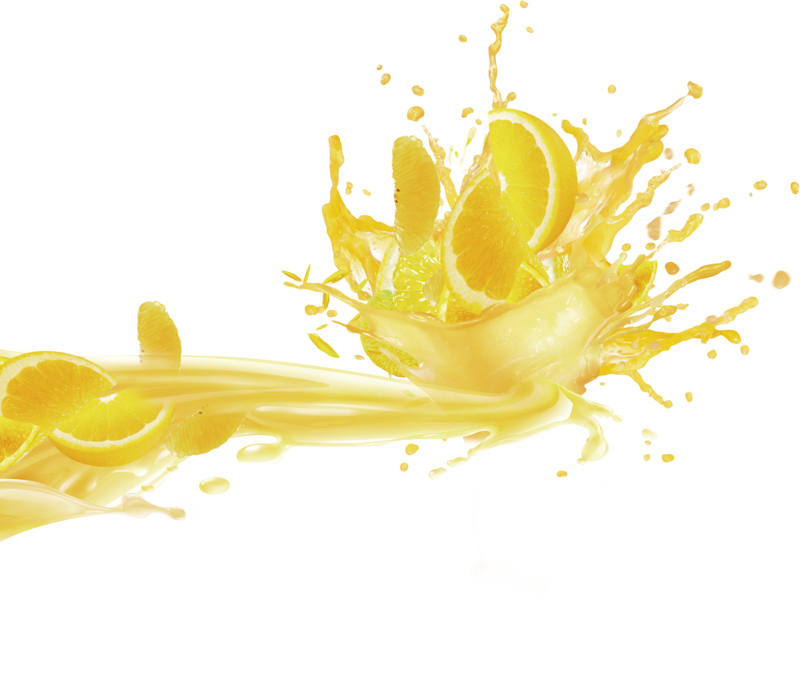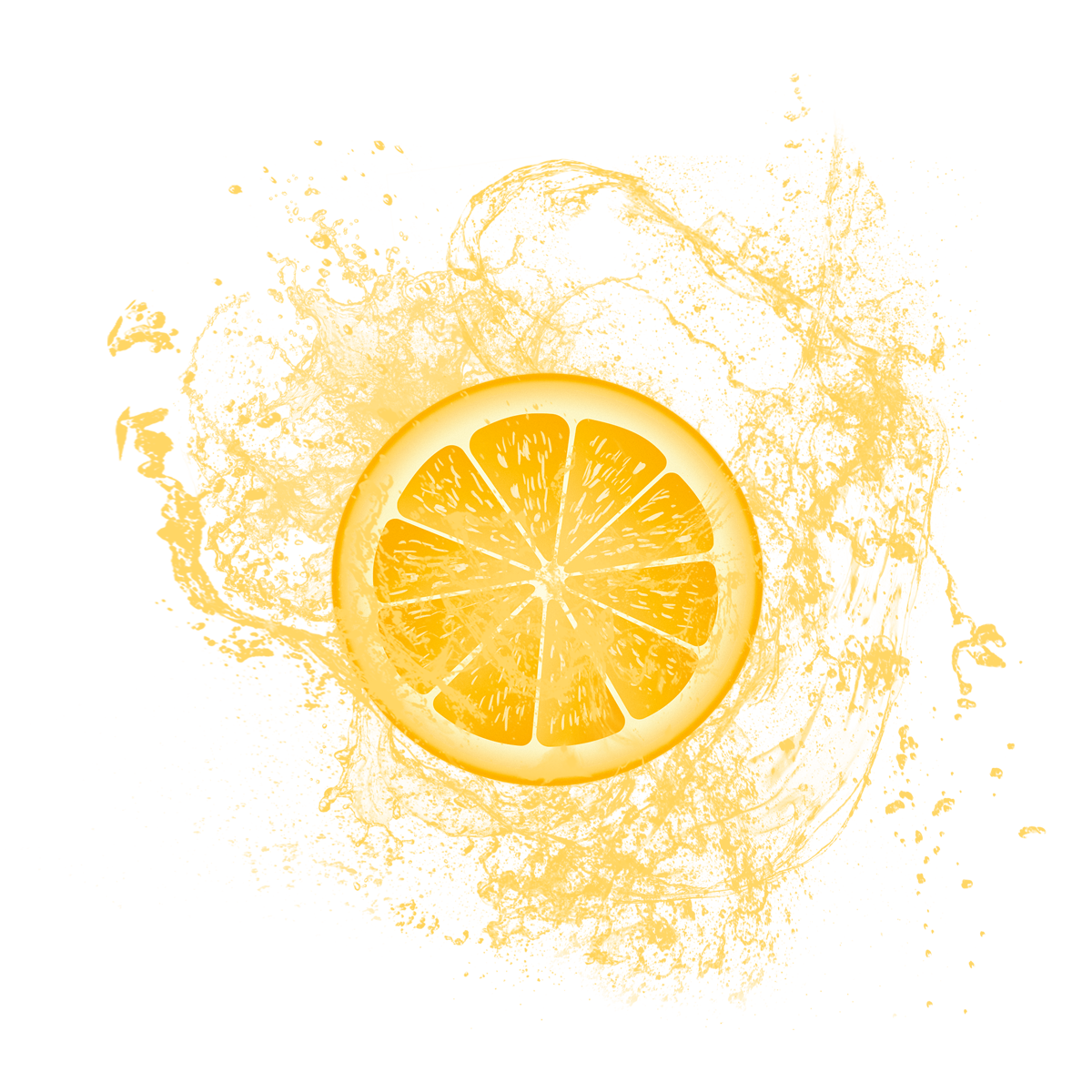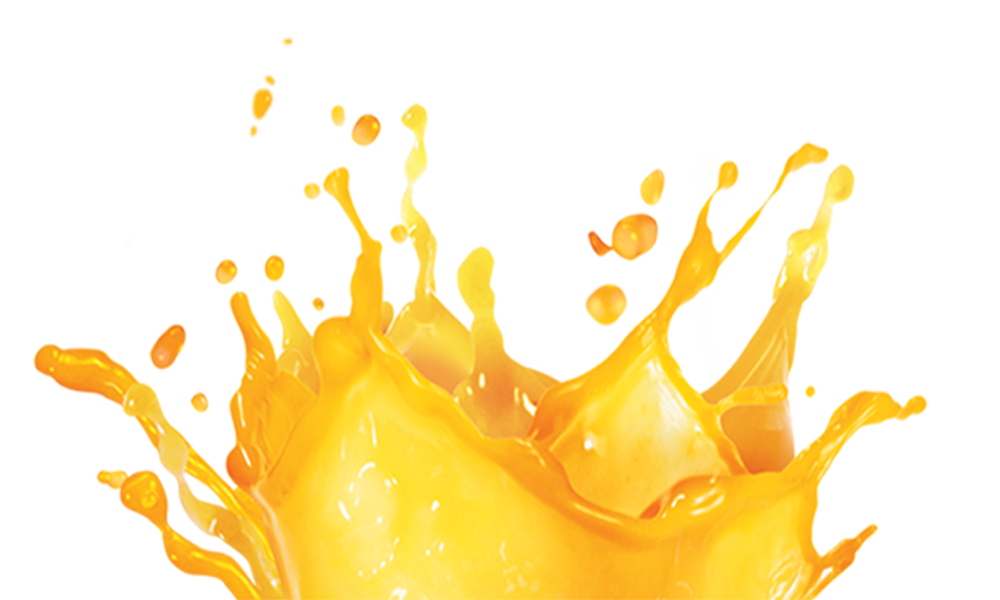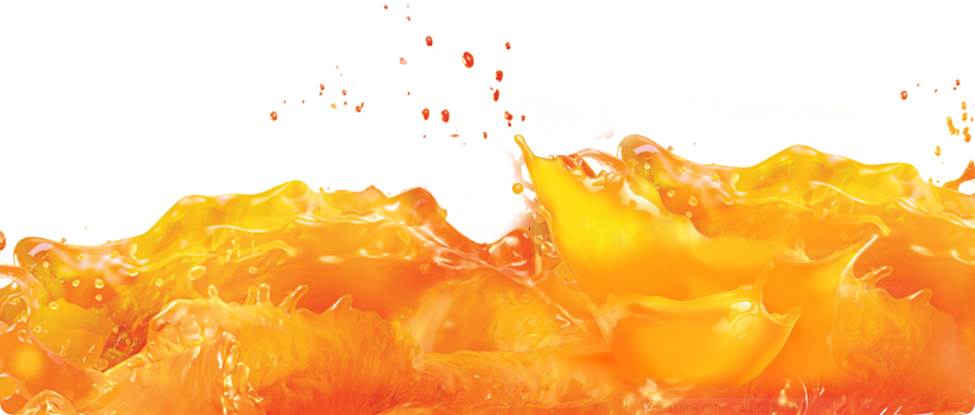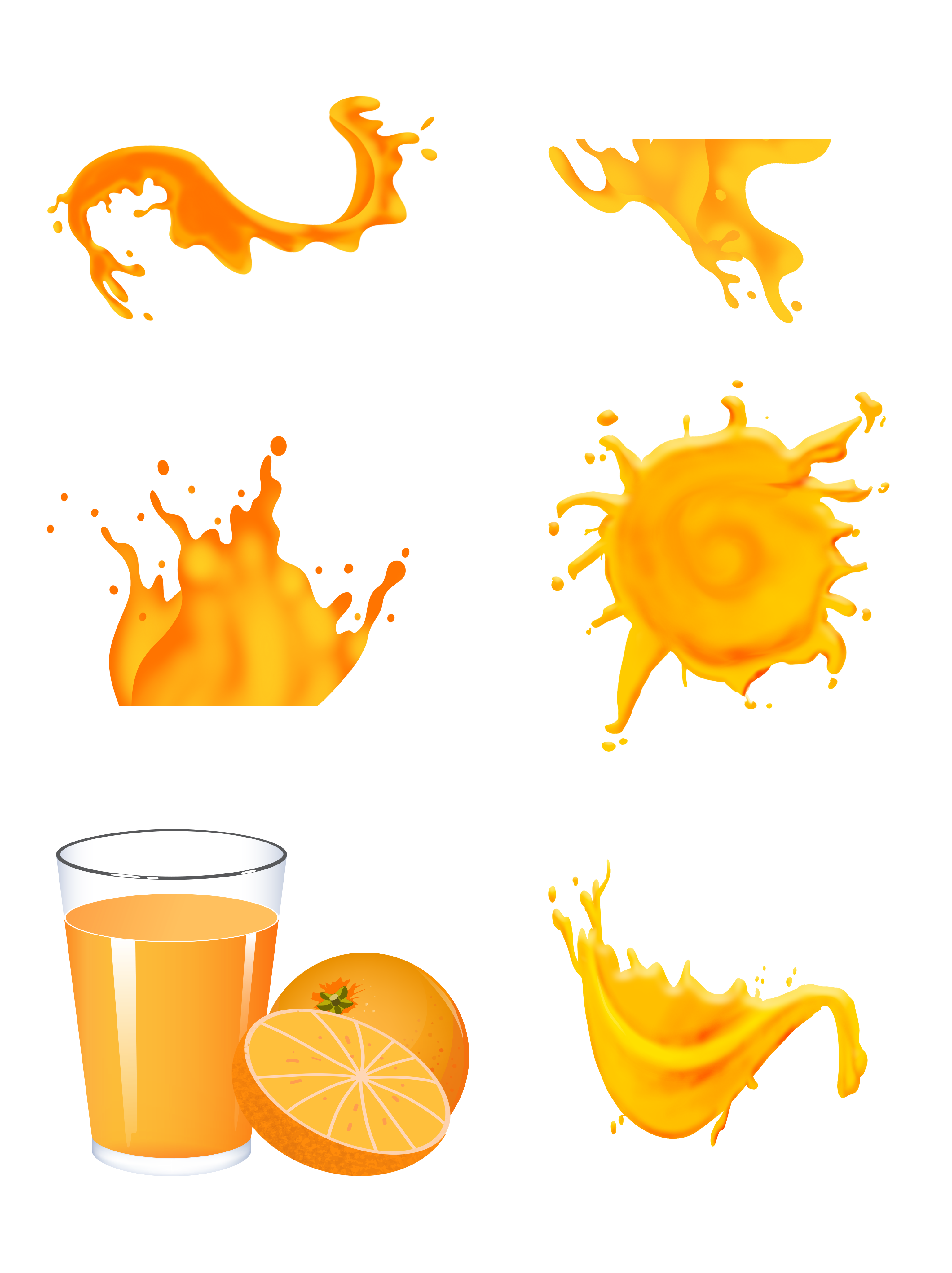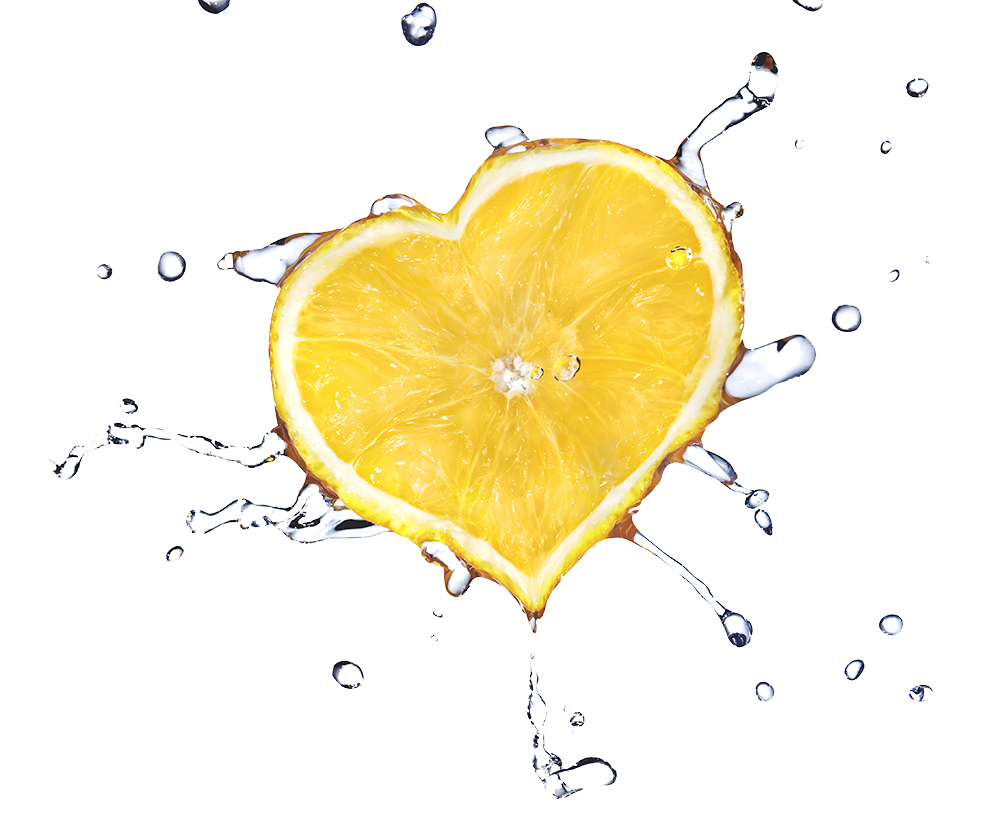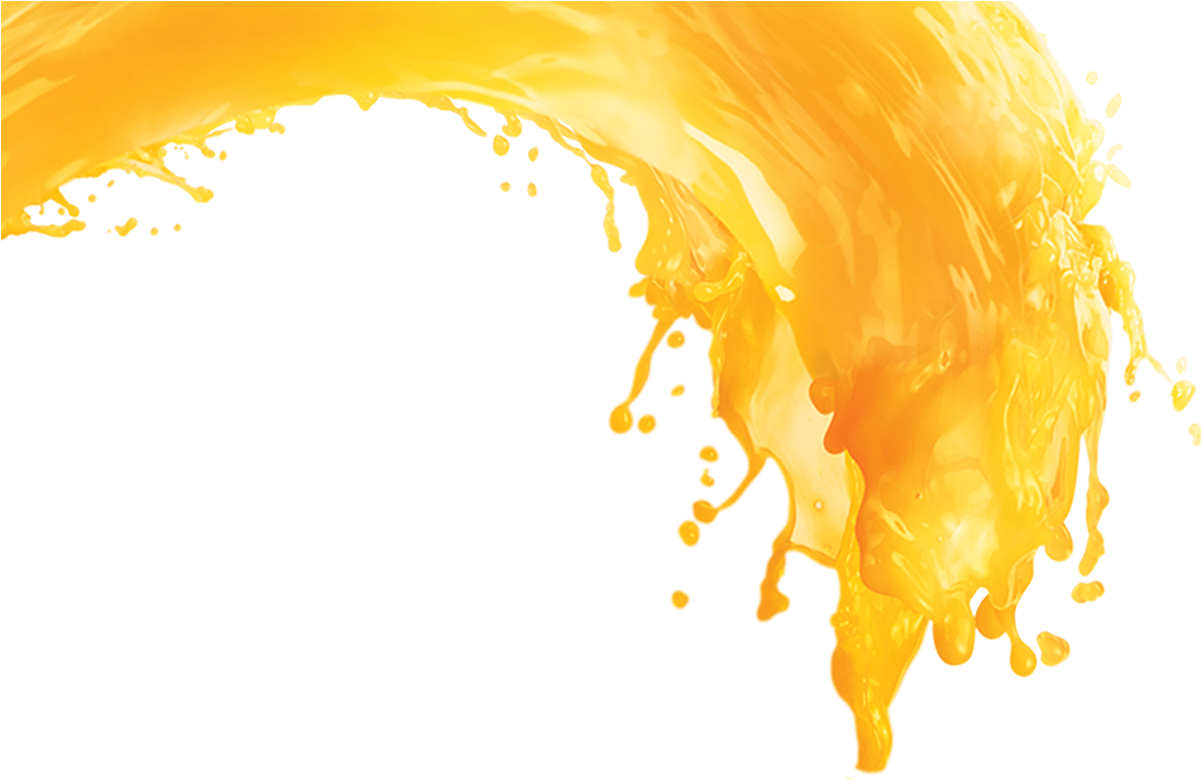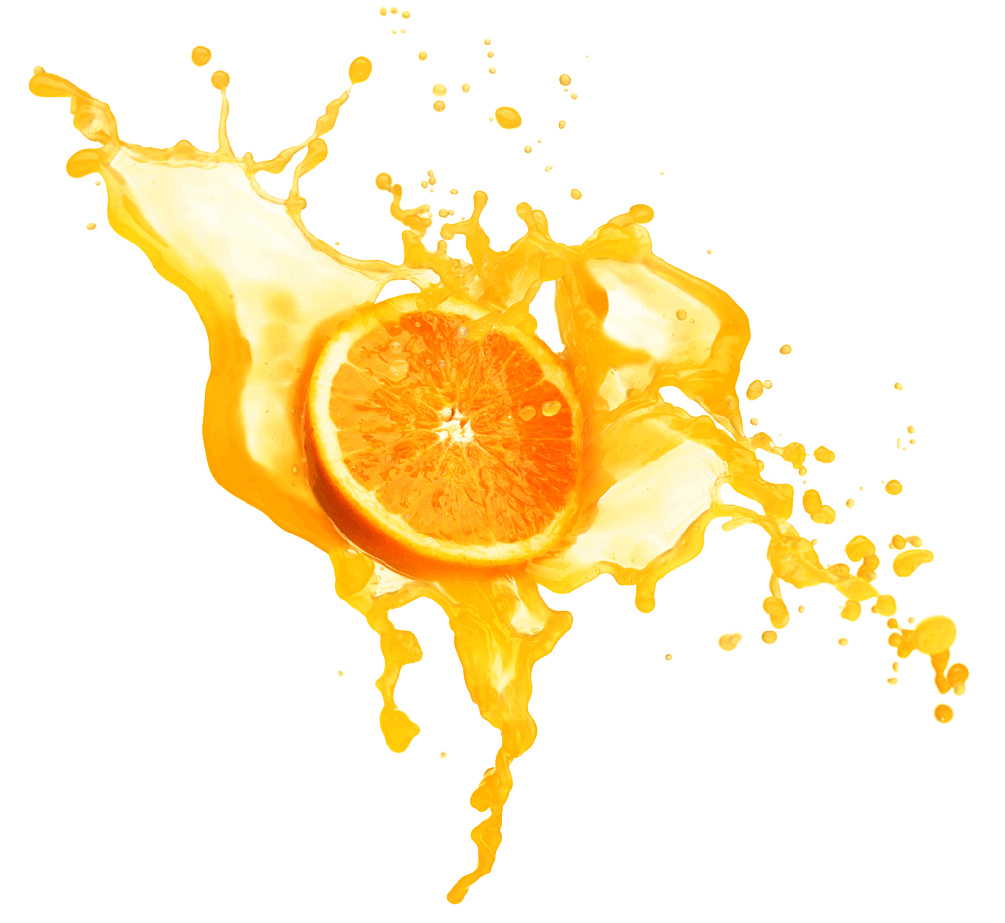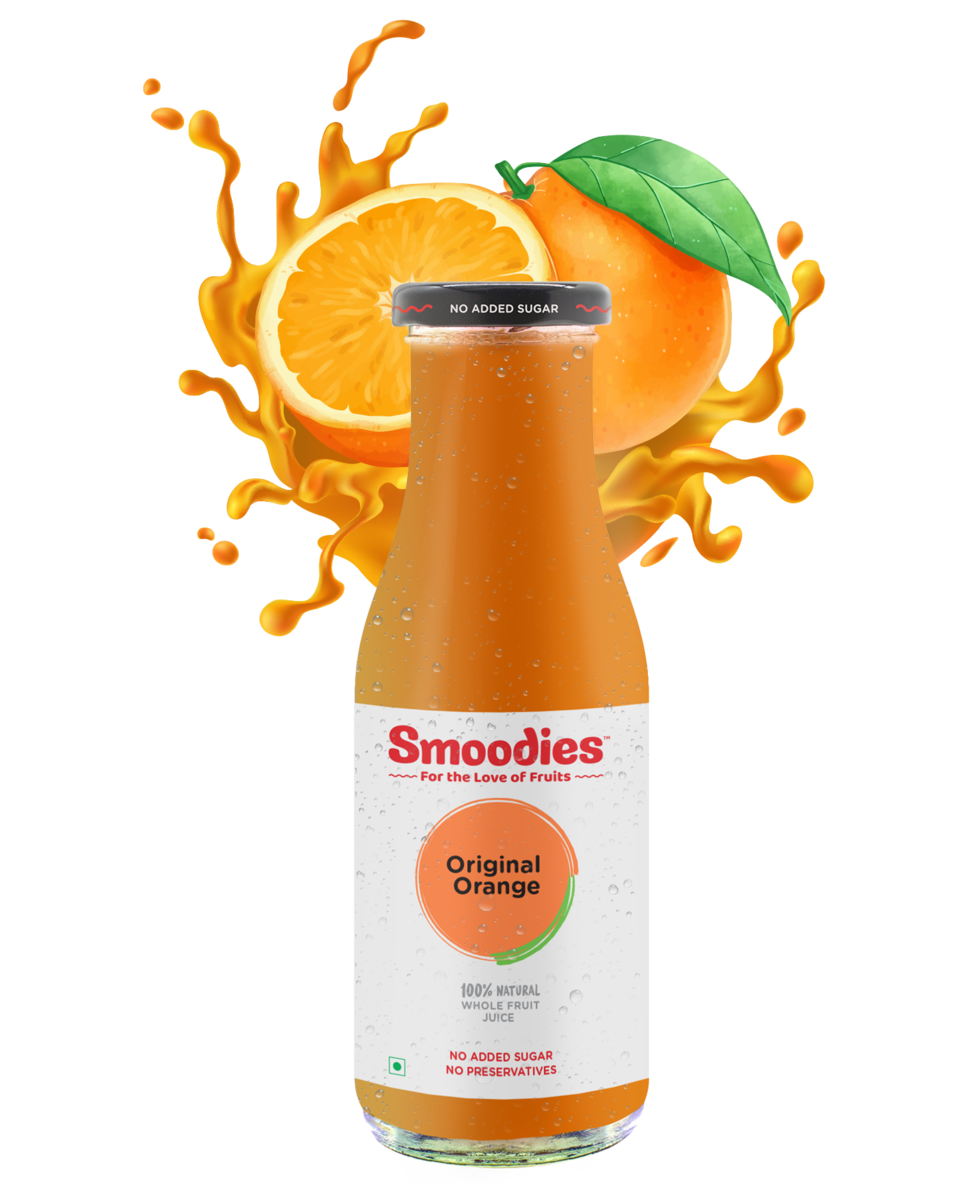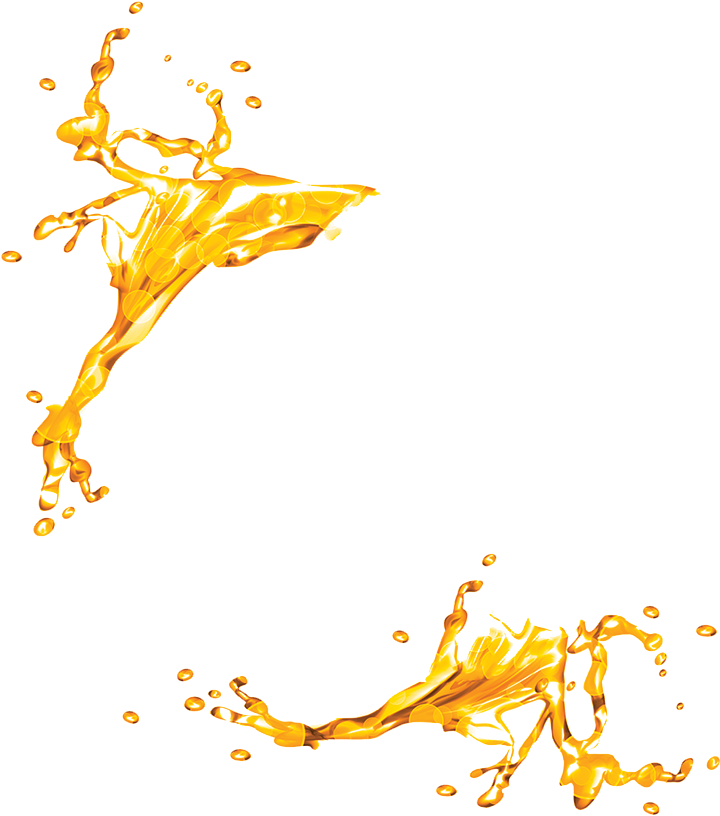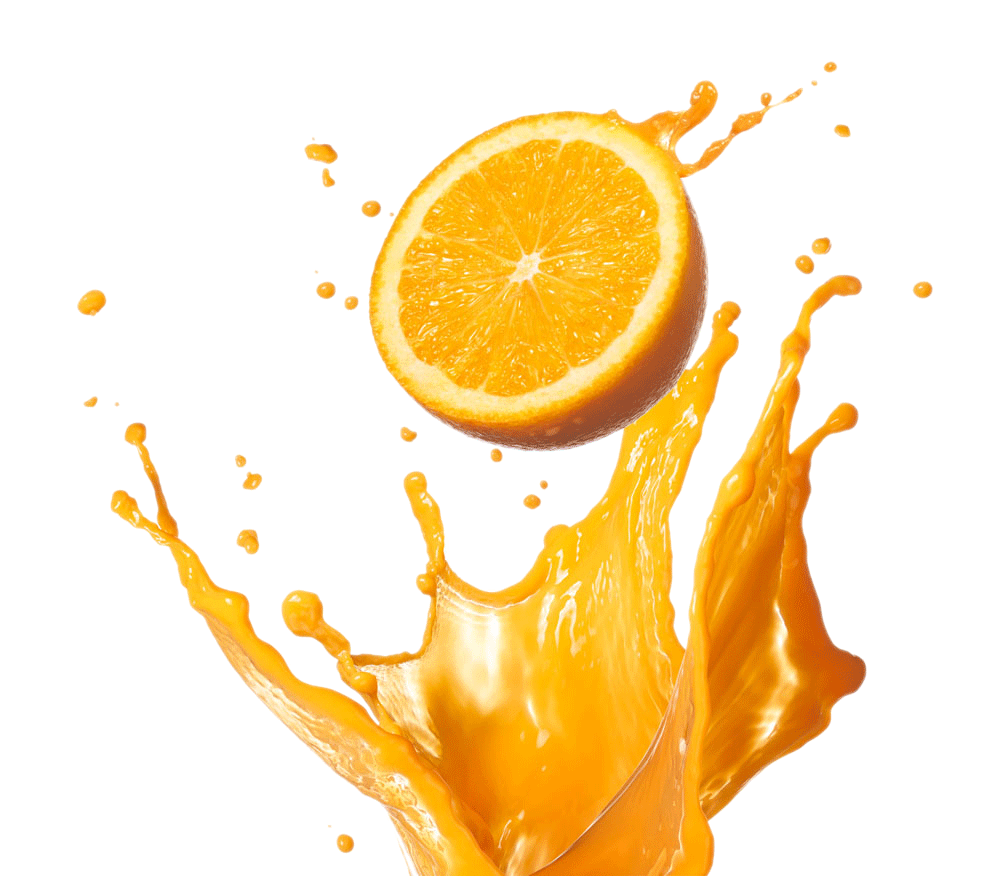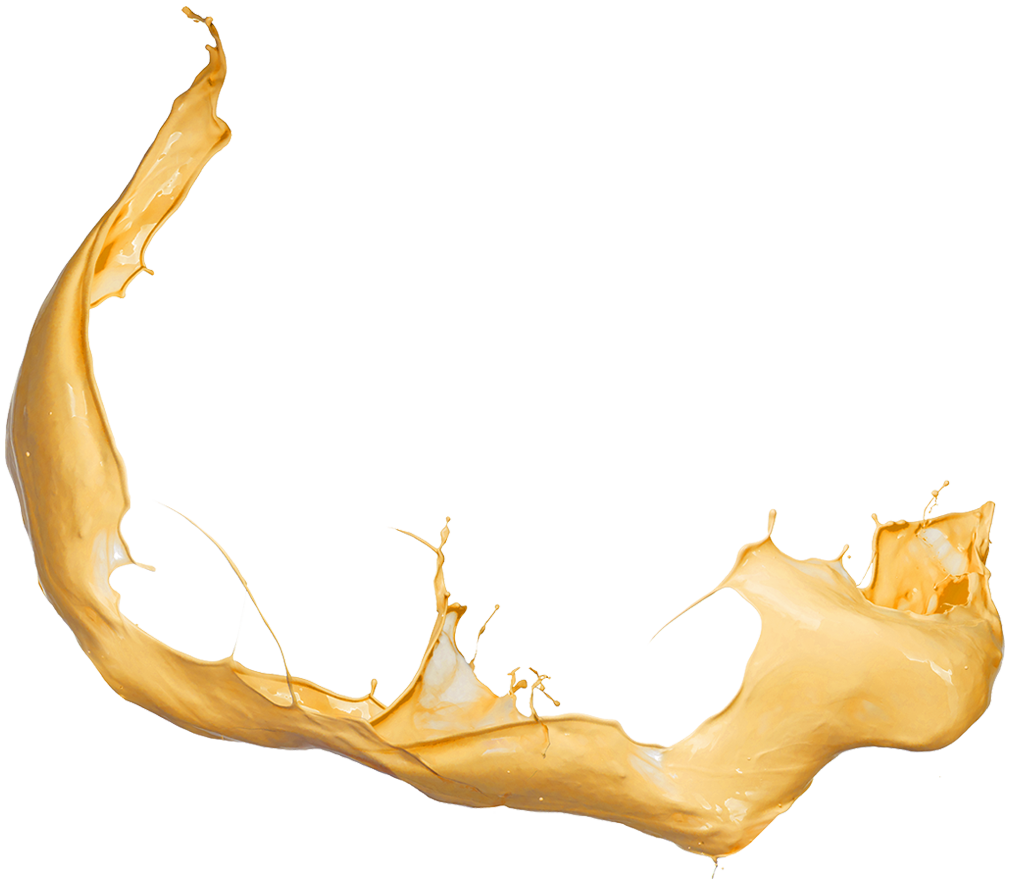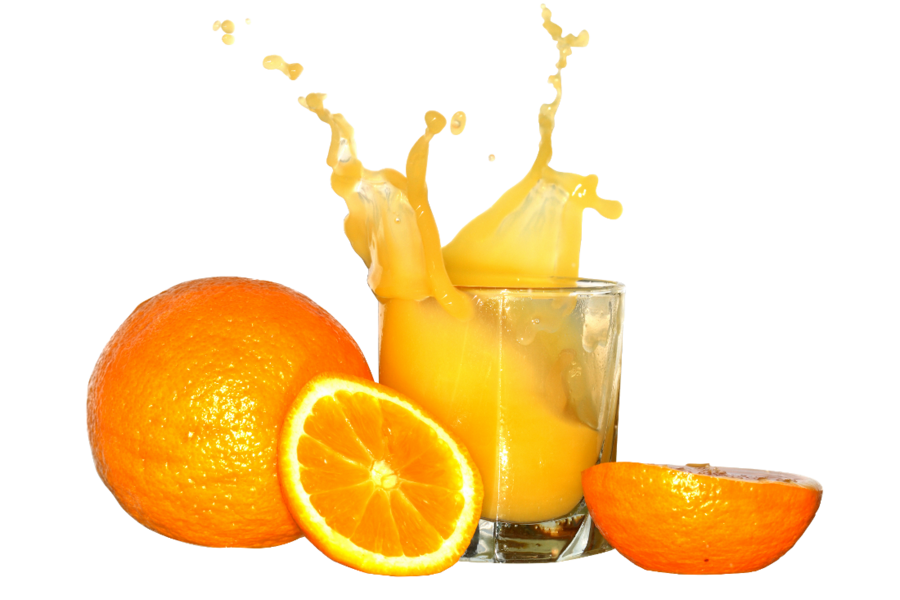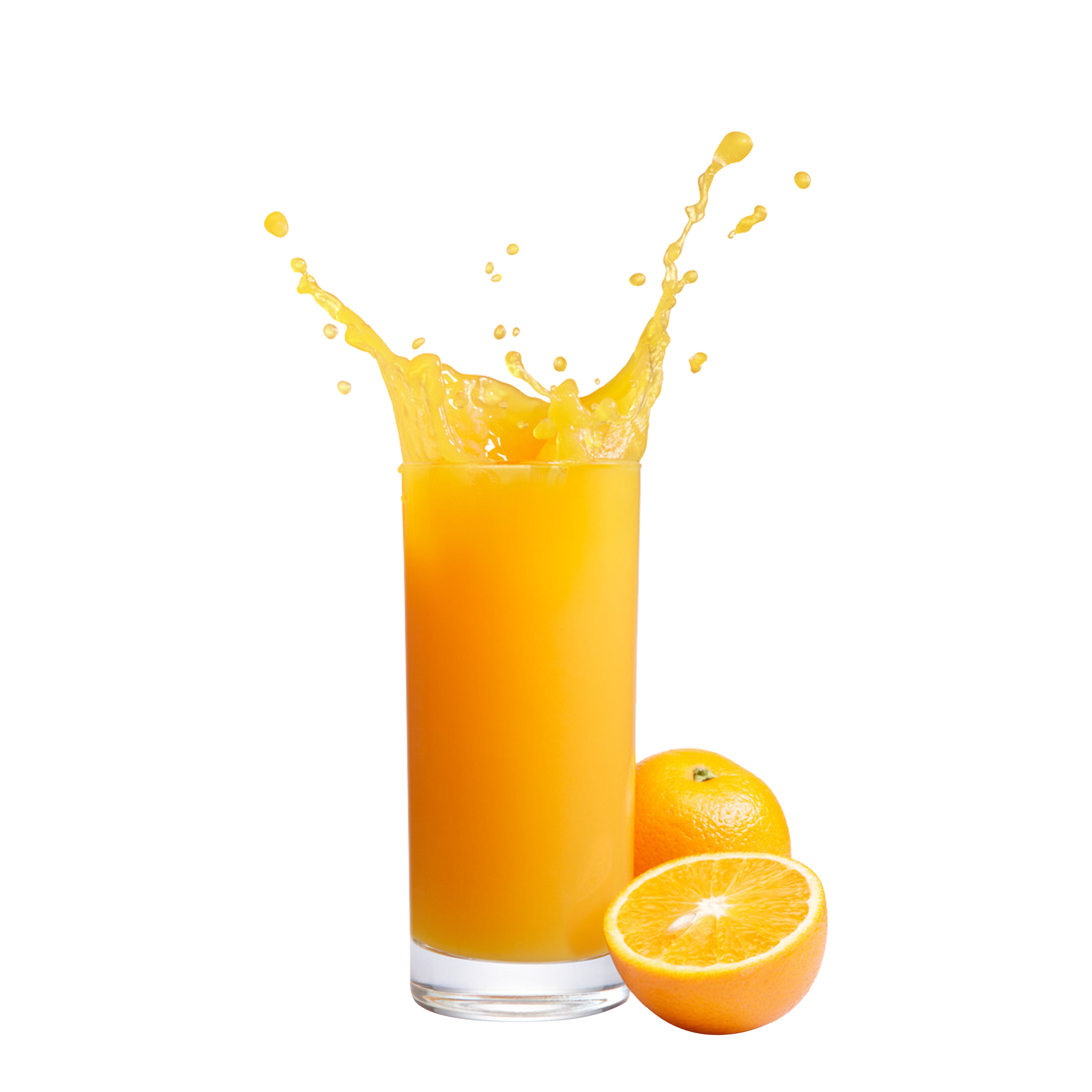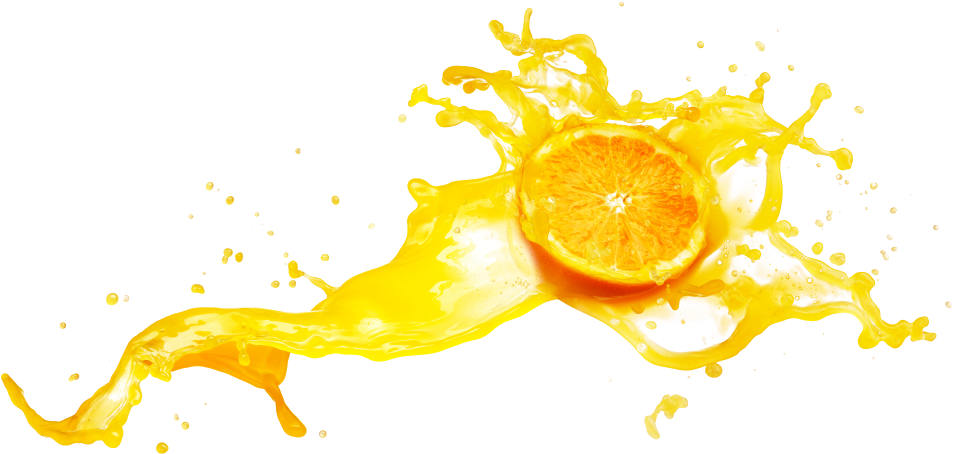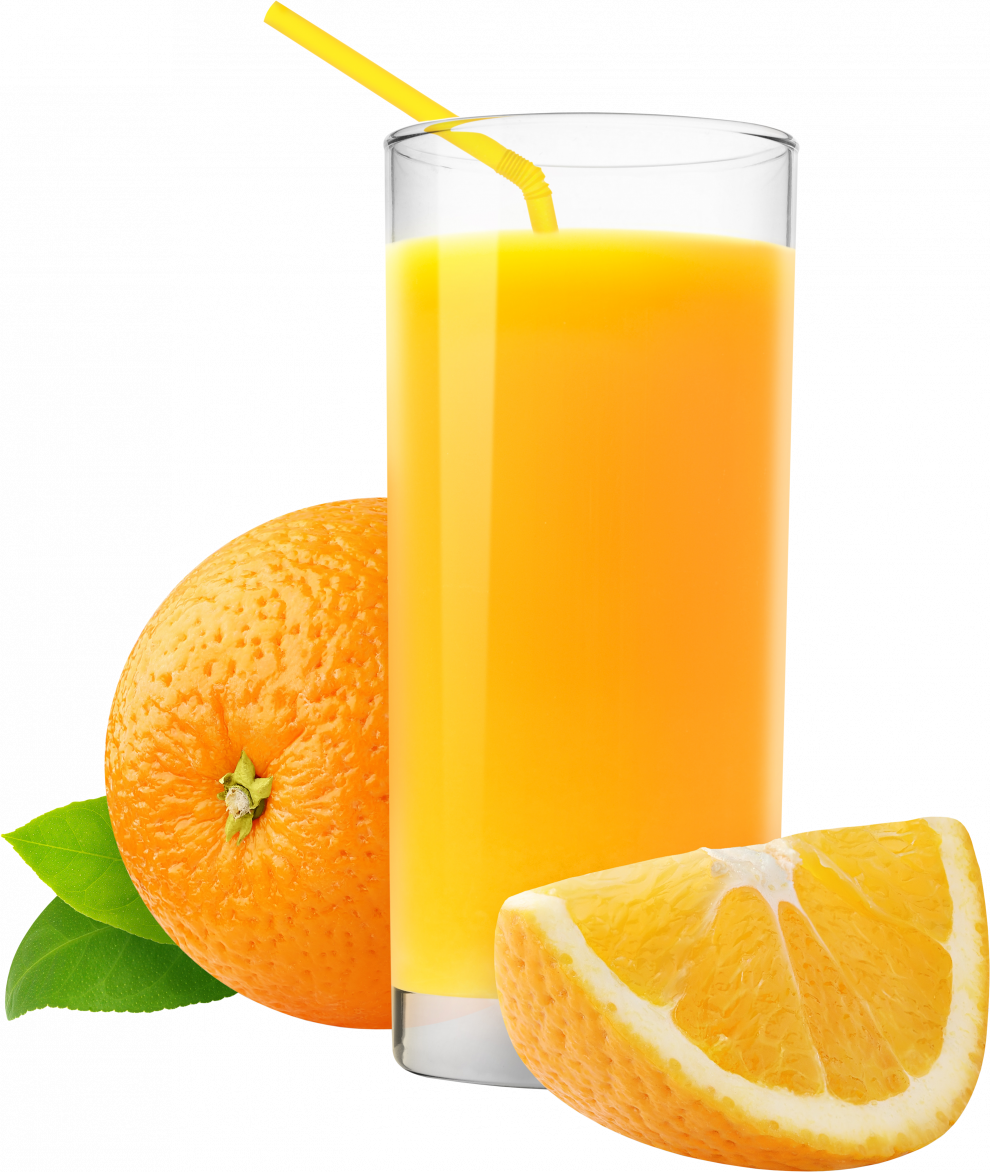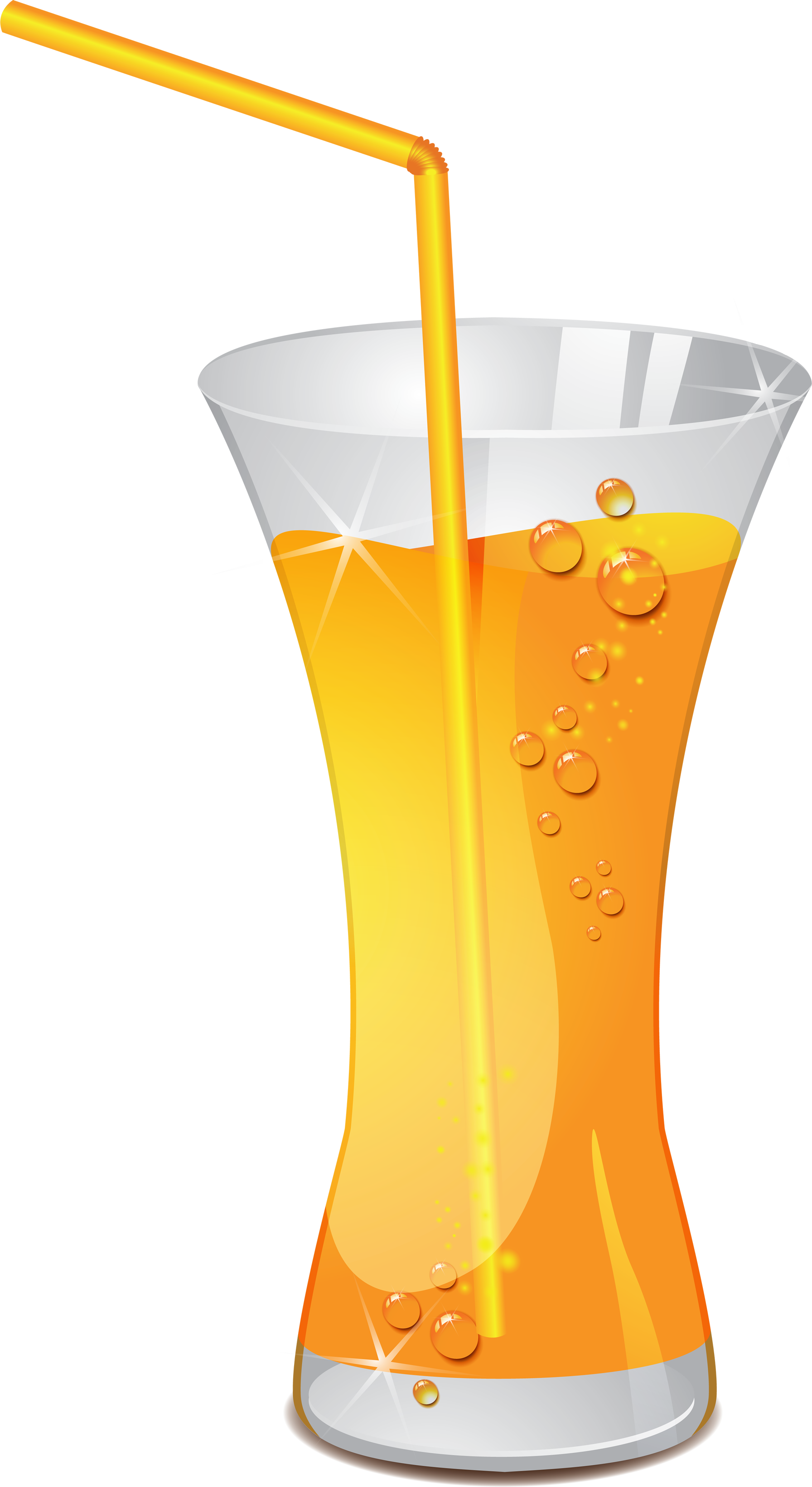Download top and best high-quality free Orange Juice Splash PNG Transparent Images backgrounds available in various sizes. To view the full PNG size resolution click on any of the below image thumbnail.
License Info: Creative Commons 4.0 BY-NC
Squeezing or reaming oranges yields orange juice, which is a liquid extract of the fruit of the orange tree. Blood oranges, navel oranges, valencia oranges, clementines, and tangerines are just a few kinds available. Aside from the different types of oranges utilized, certain varieties have varying quantities of juice vesicles, which are referred to as “pulp” in American English and “(juicy) pieces” in British English.
The orange juice is contained in these cysts, which can be left in or removed throughout the production process—many factors, including species, variation, and season, influence how juicy these vesicles are. The beverage’s name is sometimes shortened as “OJ” in American English.
Pasteurization and oxygen removal are used to produce commercial orange juice with an extended shelf life. This takes away a lot of the flavor, necessitating a flavor pack, which is usually composed of orange goods. Some juice is further processed by drying it and then rehydrating it, concentrating it, and then adding water to the concentration.
Orange juice’s health benefits are debatable: it has a high amount of vitamin C and a significant amount of simple sugars, equivalent to soft beverages. As a result, certain official dietary advice has been changed to encourage the substitution of raw fruit for orange juice, which takes longer to digest and restricts daily consumption.
Because of their unappealing flavor, American troops rejected vitamin C-rich lemon crystals during WWII. As a result, the government set out to find a cuisine to meet the soldiers’ nutritional demands, taste good, and avoid illnesses like scurvy. In the 1940s, the federal government and the Florida Department of Citrus collaborated with scientists to produce a product that was superior to canned orange juice. The outcome was concentrated on frozen orange juice, which was unavailable until three years after the war ended.
In Florida, orange juice processing factories produced over 10 million gallons of concentrated orange juice by 1949. Consumers preferred concentrated canned orange juice because it was inexpensive, delicious, handy, and rich in vitamin C. It was easy to make: dump the frozen concentrate bottle into a measured amount of water and mix. Food experts created a fresher-tasting juice called reconstituted ready-to-serve juice in the 1980s. Orange juice “not from concentrate” (NFC) was eventually created in the 1990s. In the United States, orange juice is a popular breakfast beverage.
Because oranges are so important to Florida’s economy, “the juice produced from ripe oranges of the species Citrus sinensis and hybrids thereof” was designated as the state’s official beverage in 1967.
A cup of raw, fresh orange juice (about 248 grams or 8 ounces) contains 124 mg of vitamin C (>100% RDI). It has 20.8 g of sugar, 112 calories, and about 26 g of carbs. Potassium, thiamin, and folate are also present.
Citrus juices include flavonoids, which may have health advantages (particularly in the pulp). Hesperidin, an antioxidant, may also be found in orange juice. Orange juice is acidic due to its citric acid concentration, with a pH of about 3.5.
Download Orange Juice Splash PNG images transparent gallery.
- Orange Juice Splash PNG Cutout
Resolution: 720 × 489
Size: 212 KB
Image Format: .png
Download
- Orange Juice Splash PNG File
Resolution: 800 × 683
Size: 312 KB
Image Format: .png
Download
- Orange Juice Splash PNG Free Image
Resolution: 1200 × 1200
Size: 1107 KB
Image Format: .png
Download
- Orange Juice Splash PNG HD Image
Resolution: 1000 × 600
Size: 339 KB
Image Format: .png
Download
- Orange Juice Splash PNG HD Quality
Resolution: 975 × 415
Size: 422 KB
Image Format: .png
Download
- Orange Juice Splash PNG Image File
Resolution: 3072 × 4107
Size: 2041 KB
Image Format: .png
Download
- Orange Juice Splash PNG Image HD
Resolution: 1000 × 824
Size: 427 KB
Image Format: .png
Download
- Orange Juice Splash PNG Image
Resolution: 1201 × 783
Size: 748 KB
Image Format: .png
Download
- Orange Juice Splash PNG Images HD
Resolution: 1005 × 923
Size: 142 KB
Image Format: .png
Download
- Orange Juice Splash PNG Images
Resolution: 972 × 1200
Size: 610 KB
Image Format: .png
Download
- Orange Juice Splash PNG Photo Image
Resolution: 720 × 816
Size: 186 KB
Image Format: .png
Download
- Orange Juice Splash PNG Photo
Resolution: 1000 × 876
Size: 197 KB
Image Format: .png
Download
- Orange Juice Splash PNG Photos
Resolution: 1010 × 885
Size: 414 KB
Image Format: .png
Download
- Orange Juice Splash PNG Pic
Resolution: 900 × 600
Size: 447 KB
Image Format: .png
Download
- Orange Juice Splash PNG
Resolution: 2048 × 2048
Size: 847 KB
Image Format: .png
Download
- Orange Juice Splash Transparent
Resolution: 953 × 454
Size: 301 KB
Image Format: .png
Download
- Orange Juice Splash
Resolution: 1053 × 298
Size: 197 KB
Image Format: .png
Download
- Orange Juice Splash Background PNG
Resolution: 990 × 1172
Size: 1036 KB
Image Format: .png
Download
- Orange Juice Splash No Background
Resolution: 1792 × 3280
Size: 790 KB
Image Format: .png
Download
- Orange Juice Splash PNG Background
Resolution: 1024 × 1024
Size: 129 KB
Image Format: .png
Download
- Orange Juice Splash PNG Clipart
Resolution: 847 × 433
Size: 98 KB
Image Format: .png
Download
